50+ Sample Vacation Request Forms
-

College Vacation Request Form
download now -
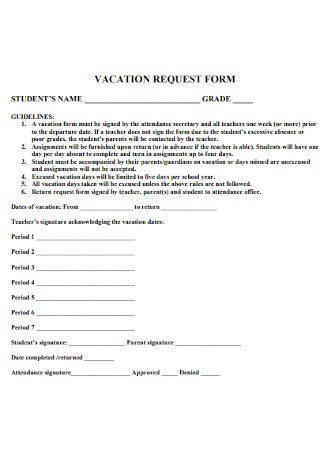
School Vacation Request Form
download now -

Vacation Leave Request Form
download now -
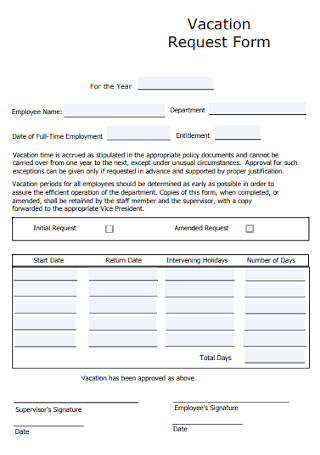
Office Vacation Request Form
download now -

Day Vacation Request Form
download now -
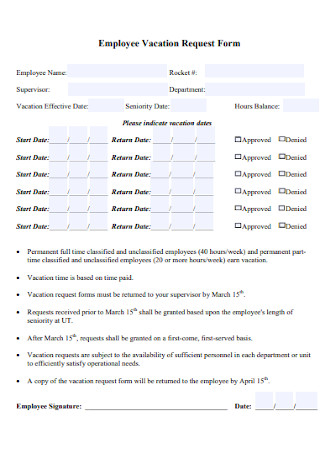
Employee Vacation Request Form
download now -
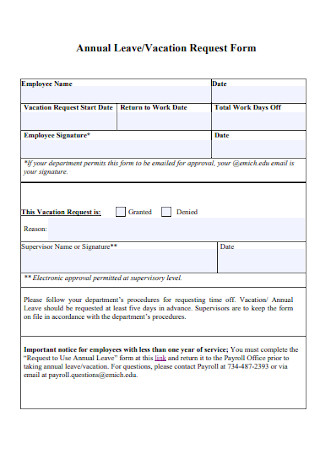
Annual Vacation Request Form
download now -
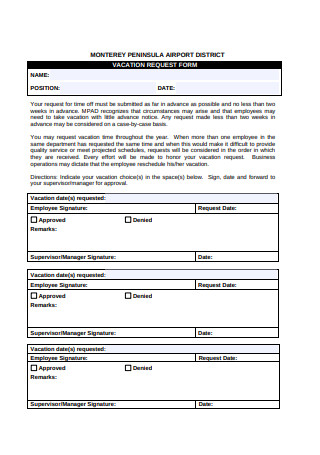
Vacation Time Off Request Form
download now -

University Vacation Request Form
download now -
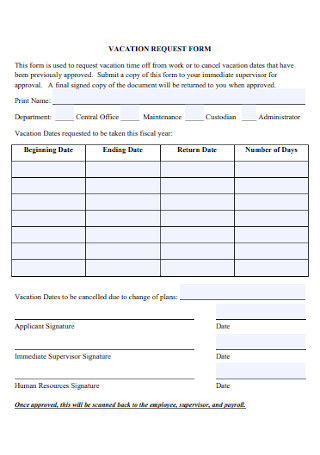
Sample Vacation Request Form
download now -
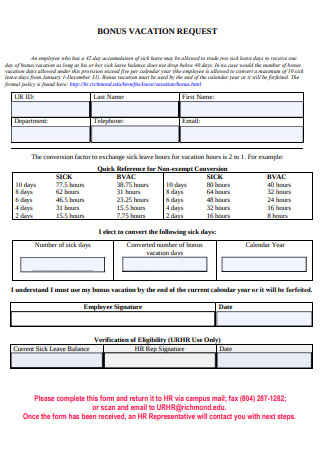
Vacation Bonus Request Form
download now -
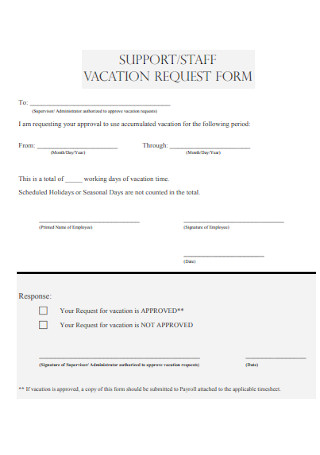
Staff Vacation Request Form
download now -

Local School Vacation Request Form
download now -

Vacation Planning Request Form
download now -
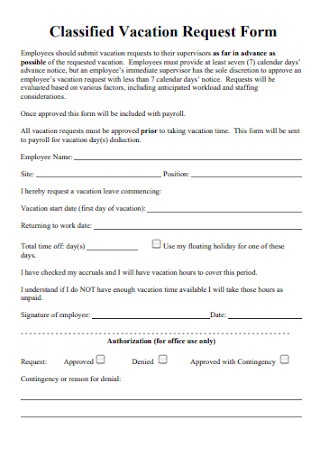
Classified Vacation Request Form
download now -
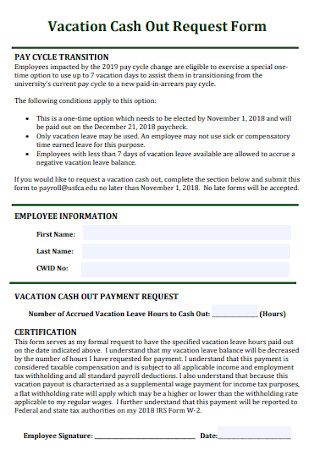
Vacation Cash Out Request Form
download now -

College Vacation Request Form Template
download now -

Family Vacation Request Form
download now -

Vacation Cash Out Request Form Template
download now -
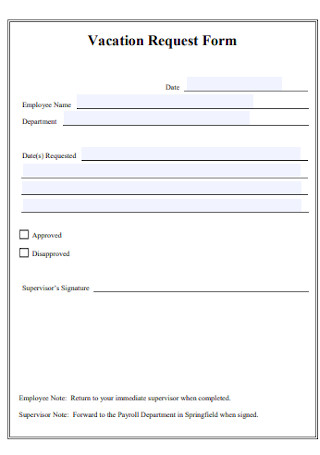
Vacation Request Form Format
download now -
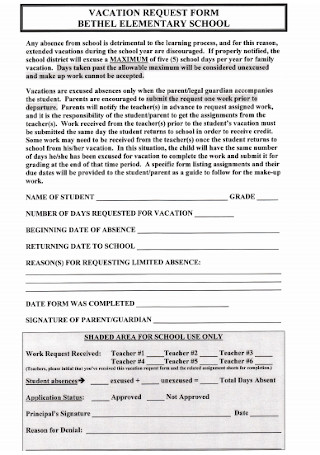
Elementary School Vacation Request Form
download now -
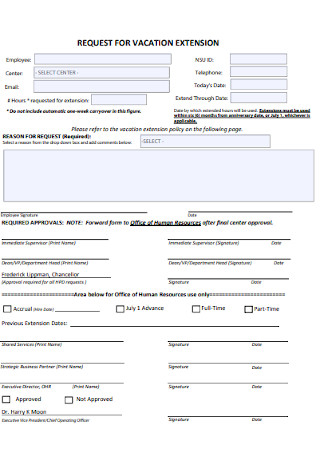
Vacation Extension Request Form
download now -
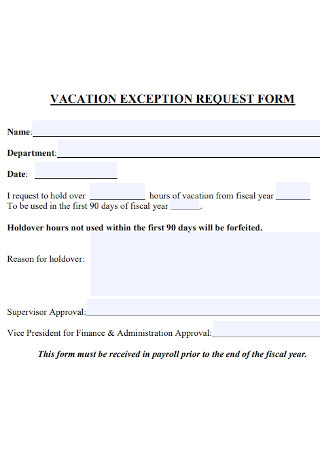
Vacation Exception Request Form
download now -
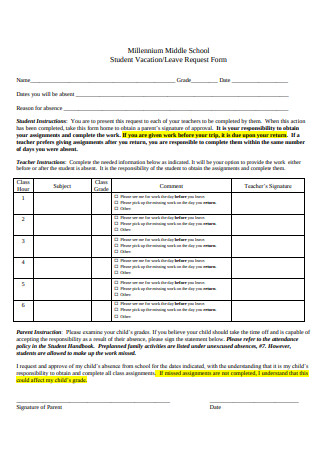
Sample Vacation Leave Request Form
download now -
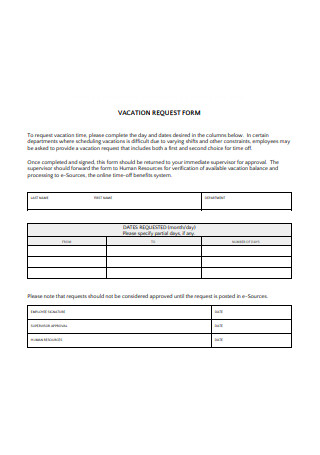
Simple Vacation Request Form
download now -

Vacation Exception Request Form
download now -
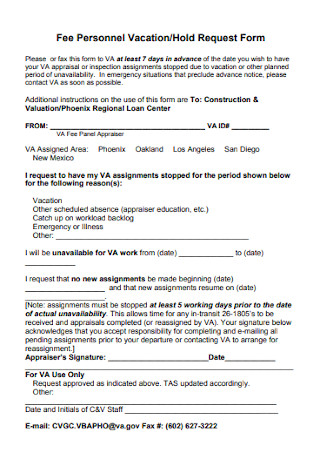
Fee Personnel Vacation Request Form
download now -
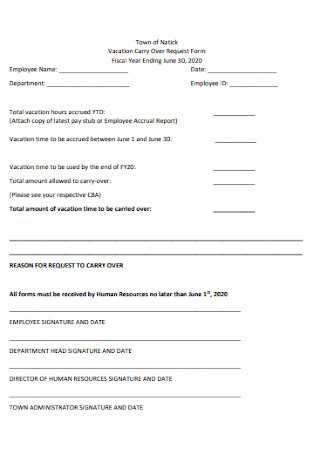
Vacation Carry Over Request Form
download now -
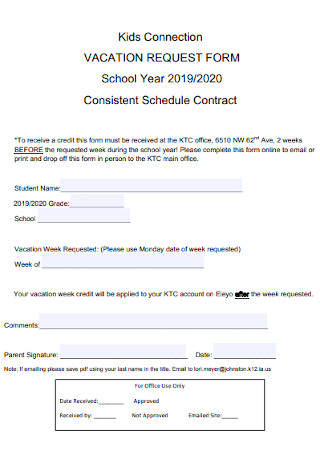
Kids Vacation Request Form
download now -
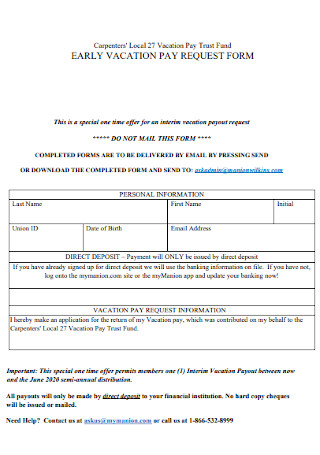
Early Vacation Pay Request Form
download now -
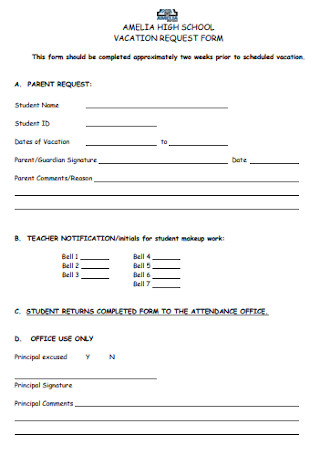
High School Vacation Request Form
download now -
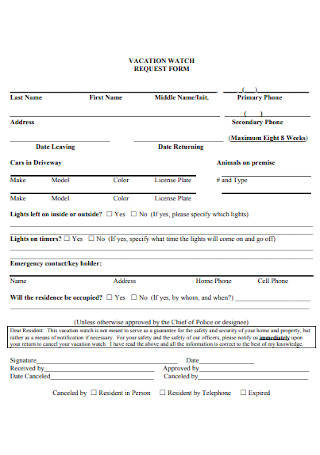
Vacation Watch Request Form
download now -
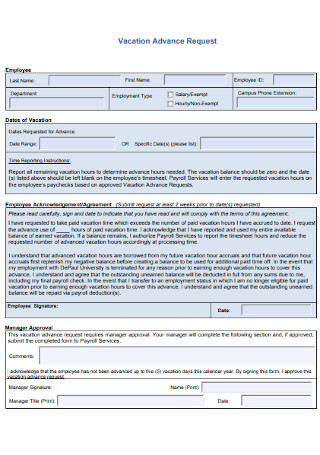
Vacation Advance Request Form
download now -
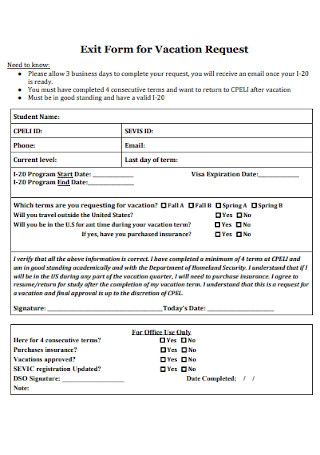
Exit Form for Vacation Request
download now -
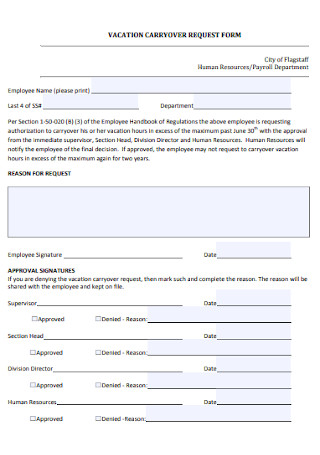
Vacation Carryover Request Form
download now -
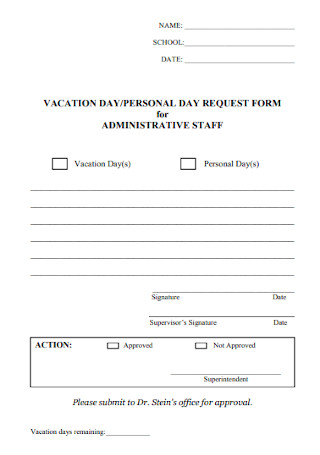
Vacation Day Request Form
download now -
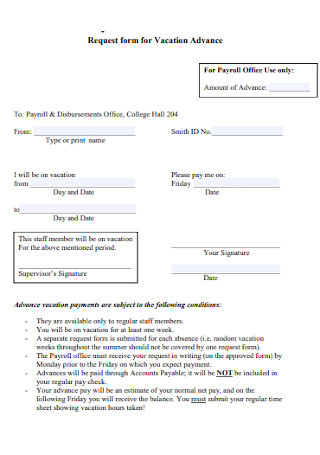
Request Form for Vacation Advance
download now -
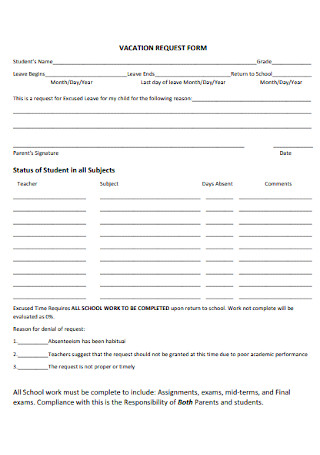
Formal Vacation Request Form Template
download now -
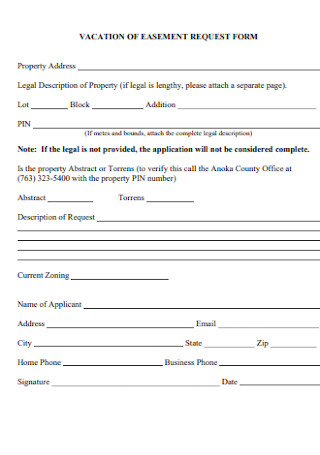
Vacation of Easement Request Form
download now -
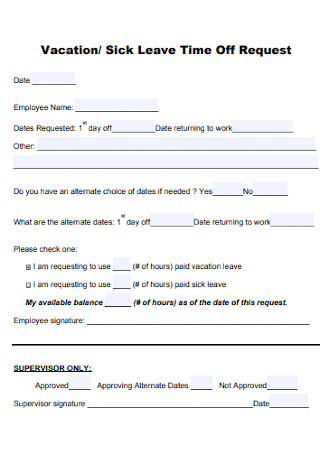
Vacation Sick Leave Request Form
download now -
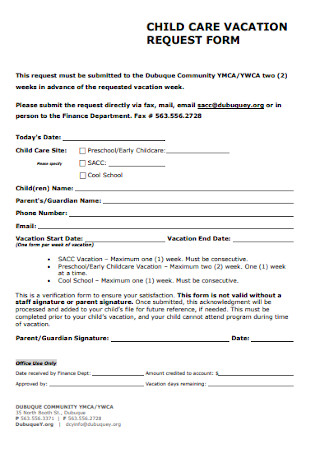
Child Care Vacation Request Form
download now -
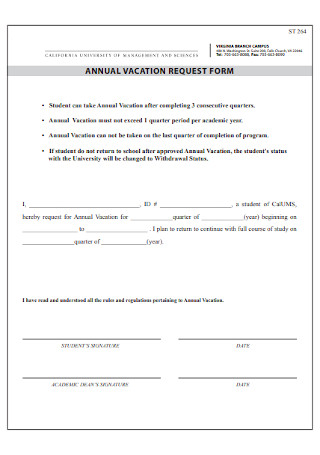
Sample Annual Vacation Request Form
download now -
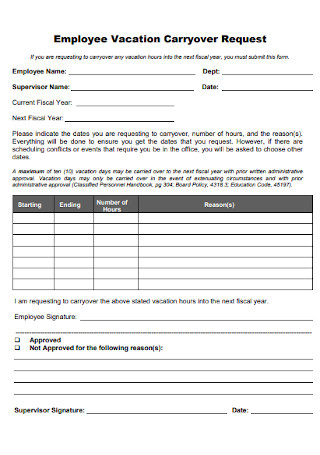
Employee Vacation Carryover Request Form
download now -
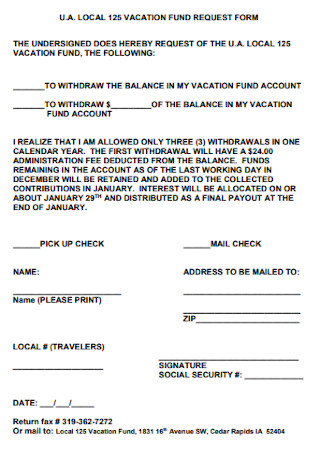
Vacation Fund Request Form
download now -
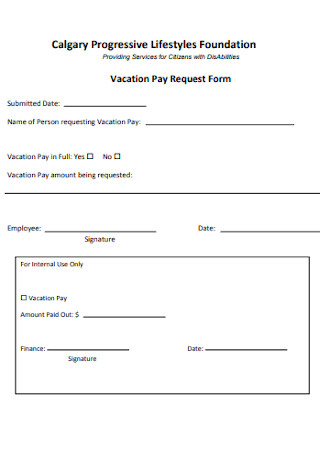
Vacation Pay Request Form
download now -
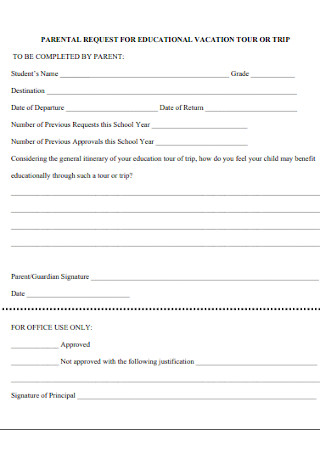
Educational Vacation Request Form
download now -
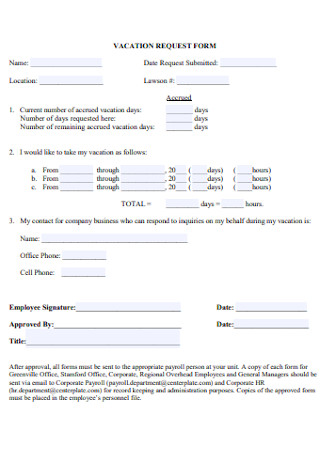
Standard Vacation Request Form
download now -
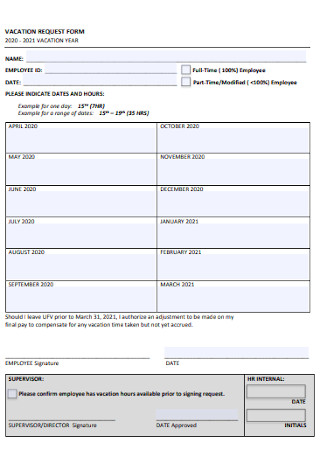
Yearly Vacation Request Form
download now -

Easement Vacation Request Form
download now -

Vacation Buy Back Request Form
download now -
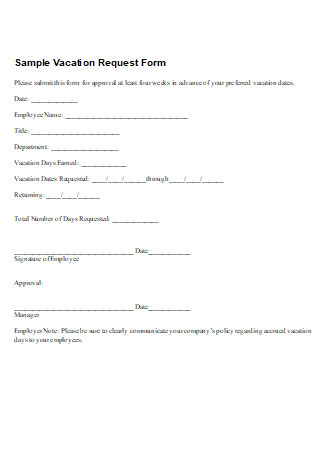
Sample Vacation Request Form Example
download now
FREE Vacation Request Form s to Download
50+ Sample Vacation Request Forms
Vacation Request Forms: What Are They?
Elements of a Vacation Request Form
How to Manage Vacation Request Forms Properly
FAQs
Will employees really be happy with a vacation?
What are the acceptable reasons for being absent at work?
How can an employee ask for more vacation time?
Vacation Request Forms: What Are They?
An employee has a right to leave for a few days, but it is not right to go right away on vacation. Vacation request forms exist for workers to state the time-off request, the reason behind it, and the leave dates. After writing what is asked in the form, the employee must submit it to the manager, who can approve or deny it. And if the worker has valid reasons and still has plenty of vacation leaves left, rest assured it will be approved. Nevertheless, such forms are made for the requesting process only, and employees must wait for the official approval before taking the break.
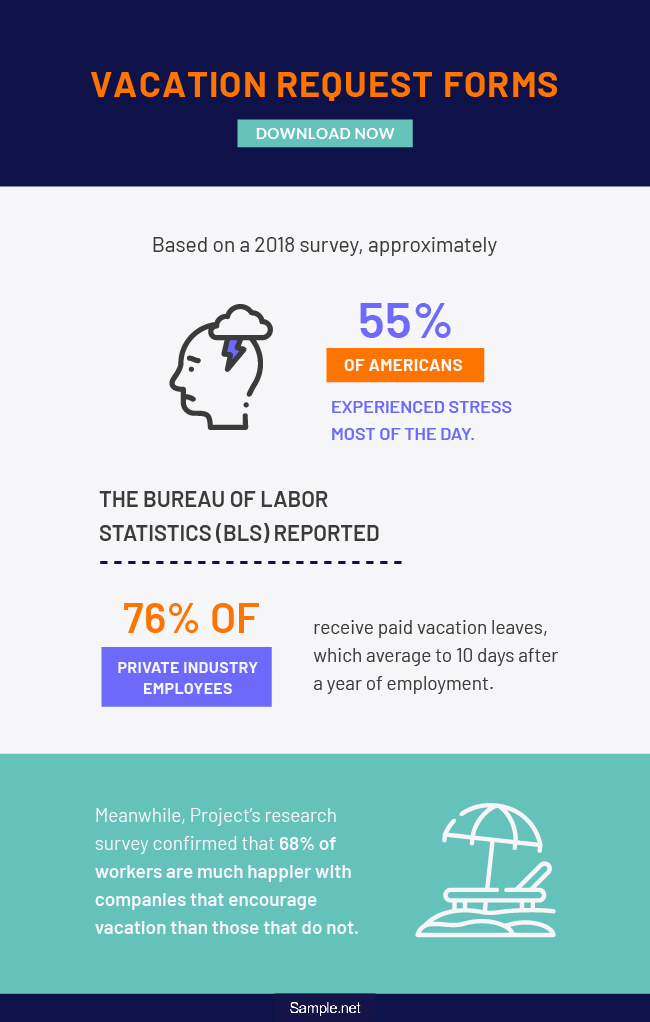
Based on a 2018 survey, approximately 55% of Americans experienced stress most of the day.
Also, the Bureau of Labor Statistics (BLS) reported that 76% of private industry employees receive paid vacation leaves, which average ten days after a year of employment.
Meanwhile, Project’s research survey confirmed that 68% of workers are much happier with companies that encourage vacation than those that do not.
Why Is a Vacation Request Form Necessary?
Generally, an employee who has worked a year in business may receive ten vacation days or more. In fact, 76% of people working in the private industry have paid vacation leaves. And that statement alone proves why vacation requests are needed. They are used by companies to record and track every worker’s time-off. As a manager, you would not want an employee to leave without permission anyway. Also, the request documents detail if the vacation leave is paid or unpaid, which is essential to note if a cut in the worker’s salary should happen.
Furthermore, employee vacation request forms are legitimate proof of documentation. What if an employee personally informed the supervisor about leaving, yet that supervisor forgot about it eventually. To ensure lesser errors, submitting the request form is useful. And suppose employees want to avoid awkward conversations, like those who get uncomfortable in personal discussions to request time-off. In that case, the request form is the best opportunity to prevent such situations. What is even better? The documents do not have to be printed all the time since an email request is possible.
Elements of a Vacation Request Form
You already know what vacation request forms are and also their purpose. But what exactly does that form consist of? Although companies have a different style, format, or design for such documents, common denominators are found in most examples. In this section, we outlined the typical elements of a vacation request form.
How to Manage Vacation Request Forms Properly
Now that you got a glimpse of the different elements found in most vacation request documents, are you ready to create the form itself? Never fret since there are templates available that will make the process easy breezy. But, do not forget to observe a smart management plan in handling vacation requests. Otherwise, workers might abuse that benefit, and issues might increase. So to manage vacation request forms properly, follow these simple steps:
Step 1: Introduce the Vacation Request Guidelines
Do all employees already know about the vacation request guidelines? Ensure that everyone is informed about it. And if the business does not have clear guidelines about it yet, start drafting. There is no need to create lengthy introductory statements. Just focus on the significant but straightforward guidelines. Examples include what reasons will be accepted and denied in a vacation request. The same goes for discussing how many days before the vacation schedule should an employee file for a request. Thus, no one from the staff would end up requesting wrongly.
Step 2: Use a Vacation Request Template
After the guidelines, start choosing the best template of vacation request forms. There are plenty of options to choose from that are downloadable, editable, and printable. Once you decide, show all employees the sample form. That way, everyone in the office would already know what the legitimate forms look like. Hence, those who submit informal request letters will no longer be accepted. Ensure that everyone follows the same template for formality purposes.
Step 3: Incorporate Clear Instructions in the Form
Sometimes, other people forget how to write and submit vacation request forms. There is no need to remind them about the guidelines every single time. Just add instructions for everyone to follow. Ensure that the instructions are specific and understandable enough to create no further questions. You can indicate what each element or category in the form means as a start. Then, give directions on how to complete the form correctly.
Step 4: Remember the Considerations before Approving
Every employee should be aware that they do not guarantee a hundred percent approval in sending vacation requests. Few considerations are observed before accepting or denying requests. The first concern is the calendar. The HR still has to check if the vacation dates are not during a holiday. If the employee requests on that date, there is no work on a holiday anyway—pointless. Second, does the worker still have enough vacation leaves left? For example, an employee may be given twelve days of time-off. But he or she probably requested for the thirteenth time already. That example is automatically rejected. Lastly, consider staffing. Maybe many employees requested to leave on a day where many customers are expected to cater. Of course, there should be enough workers left at work to keep the business going.
Step 5: Inform Employees about the Answer
All managers or anyone expected to approve requests should be timely in answering too. No employee deserves to wait very long for a response. It is normal to be busy, but time management must be practiced to answer. You may answer the form via email or through a letter, whichever is the company’s preferred format. But, mind your answers in rejecting requests. Indeed, you can only say “Approved” in accepting someone’s vacation. But, saying “Rejected” is not enough since an employee would want an explanation. So in a good tone, explain why that worker’s request got denied.
Step 6: Keep the Data for Documentation
After approving, keep the forms for safekeeping. The HR may use the forms as a basis in checking who is on vacation. The same goes for checking if that vacation is paid or not. Never lose such documents because they are useful data for evidence or reference. Maybe nobody believes that a certain employee filed for a request. Thus, the forms kept by HR will prove who is telling the truth in that situation.
FAQs
Will employees really be happy with a vacation?
Mostly yes. According to Project’s research survey, about 68% of employees agreed that they are happier in businesses that encourage vacation than those who don’t.
What are the acceptable reasons for being absent at work?
Reasons vary, and they may depend on the company’s regulations. But generally, being absent is alright if reasons come from an illness, a medical operation, extended trip, family emergency, and more.
How can an employee ask for more vacation time?
For a worker, the simplest approach in getting more vacation time is by comparing your vacation time offer to how much you are actually getting. Next, ask the manager nicely if it matches. There is no harm in asking anyway, but be prepared for rejections too.
According to American journalist Earl Wilson, “A vacation is what you take when you can no longer take what you’ve been taking.” With Wilson’s statement, it is fair to balance work and free time in any field of work. A manager that prevents employees from going on vacations will inevitably see many of them quit sooner or later, especially once stress levels are at an all-time high. Although giving vacations promotes good intentions, there should still be a formal system on how workers take downtime. Now that you’ve come to the end of our article, be sure to put our well-crafted vacation request form templates and your new-found knowledge to good use as soon as you can.
